Sundarbans called a World Heritage Site: The Sundarbans in Bangladesh were designated as a UNESCO World Heritage Site on December 7, 1997, demonstrating the importance of the area’s unique ecology. The Sundarbans Reserve Forest (SRF) is one of the world’s largest mangrove forests, with a rich diversity of both terrestrial and aquatic flora and fauna. It is located in the southwest of Bangladesh, between the rivers Baleswar in the east and the Harinbanga in the west, adjacent to the Bay of Bengal. Lets us know more about Why is the Sundarbans called a World Heritage Site?

The Sundarbans are significant not just biologically, but also economically since millions of people rely on the Sundarban Delta for wood, subsistence fishing, and collecting. The location also serves as a shelterbelt, shielding individuals from severe weather. In the early 1980s, shrimp farming became a popular way to make quick money, and thousands of hectares of the Sundarbans have been converted into shrimp ponds since then.
As a result, the forest has been decimated: enormous expanses of forest have been transformed into places suited for shrimp farming, fishermen create a substantial quantity of by-catch, and saltwater intrusion and flooding susceptibility have increased as mangroves have been removed. Lets us know more about Why is the Sundarbans called a World Heritage Site?
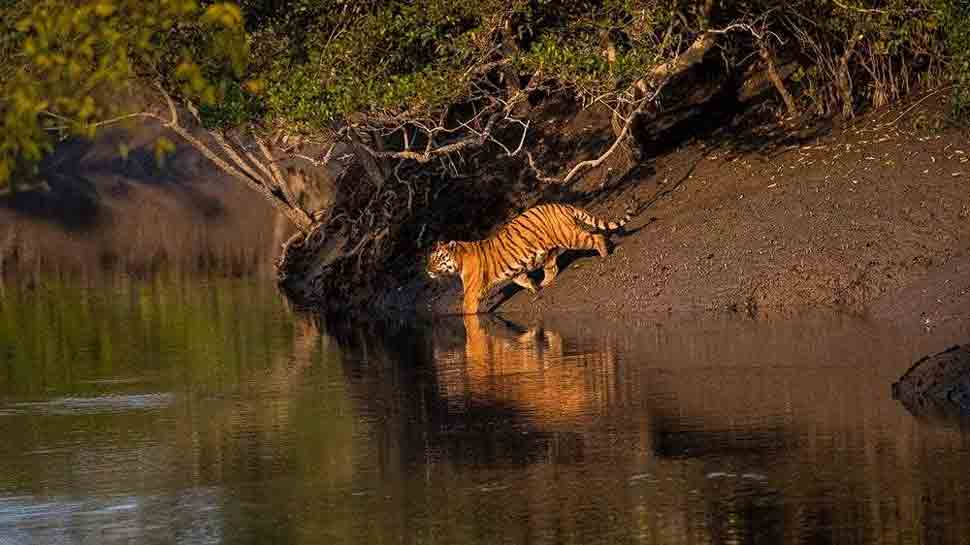
Brief synthesis
The Sundarbans are home to the world’s biggest mangrove forests, as well as one of the most ecologically productive ecosystems on the planet. Its forest and canals, which lie at the confluence of the Ganges and Brahmaputra Rivers between India and Bangladesh, sustain a diverse diversity of animals, including some endangered species. The world’s biggest population of tigers lives in the mangrove ecosystem, where they have evolved to an almost aquatic lifestyle, swimming vast distances and eating on fish, crabs, and water monitor lizards. They’re also known for being “man-eaters,” which is most likely owing to their high frequency of contact with locals. Lets us know more about Why is the Sundarbans called a World Heritage Site?

The islands are also important economically as a storm barrier, coastal stabiliser, fertiliser and sediment trap, timber and natural resource supplier, and habitat for a diverse range of aquatic, benthic, and terrestrial animals. They are a superb example of monsoon rain floods, delta building, tidal effect, and plant colonisation as ecological processes. The region is believed to have 55 per cent forest land and 45 per cent wetlands in the form of tidal rivers, streams, canals, and large estuary mouths of the river, covering 133,010 hectares. Bangladesh is projected to have 66% of the world’s mangrove forest, with India accounting for the remaining 34%. Lets us know more about Why is the Sundarbans called a World Heritage Site?
Criterion (ix):

The Sundarbans is the world’s biggest mangrove forest and the only one where the tiger can be found. The Sundarbans’ land area is continually changing, sculpted, and moulded by the tides, with erosion occurring more often around estuaries and deposition occurring along the banks of inner estuary canals, both impacted by the increased flow of sediment from seawater. It plays a unique ecological role as a wetland nursery for marine creatures and as a climatic buffer against storms.
Criterion (x):
Because of its enormously diverse mangrove flora and mangrove-associated wildlife, the Sundarbans’ mangrove ecosystem is regarded as unique. The region is home to 78 different types of mangroves, making it the world’s richest mangrove forest. It’s also uncommon in that mangroves grow along the edges of rivers in both muddy and flat, sandy places, rather than only as bordering mangroves around creeks and backwaters.

The Sundarbans are home to a diverse range of animals, including the world’s biggest tiger population and a variety of other endangered aquatic mammals like the Irrawaddy and Ganges River dolphins. The location also has a large number of vulnerable reptiles, including the king cobra and large populations of the rare river terrapin, which was thought to be extinct until recently. Lets us know more about Why is the Sundarbans called a World Heritage Site?
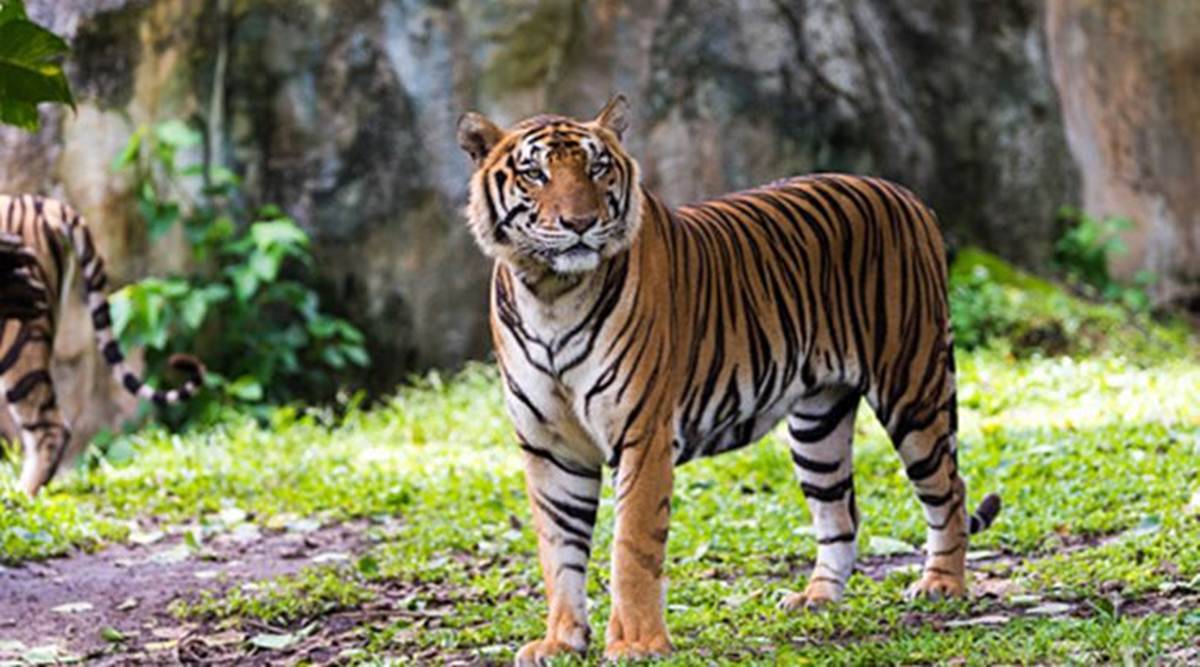
Marine turtles such as the olive riley, green, and hawksbill lay their eggs on the site. Tachypleus gigas and Carcinoscorpius rotundicauda are two of the four species of very primitive horseshoe crab found here. The Sajnakhali region, which is designated as an Important Bird Area, is home to a diverse range of waterfowl and is vital to migrating birds.
Integrity
The land is part of a bigger UNESCO Biosphere Reserve that was established in November of 2001. Because it is bordered by three wildlife sanctuaries that operate as a buffer zone, as indicated in the original 1987 evaluation study, it is well protected and mostly undisturbed. The salinity of the Indian Sundarbans, which is mostly owing to the eastward displacement of the Ganges mouth, is impacted by upstream diversion of up to 40% of the Ganges’ dry season flow, the consequences of which are not well known. Lets us know more about Why is the Sundarbans called a World Heritage Site?
Read More:
Oil spills are a possible concern that can inflict significant harm to aquatic animals and seabirds, as well as the forest itself if oil is pushed in by high tides. Between 1975 and 1982, tigers murdered an average of 45 humans every year. This has led to some tensions with locals who harvest honey and firewood from the surrounding Tiger Reserve, as well as fishing. Lets us know more about Why is the Sundarbans called a World Heritage Site?
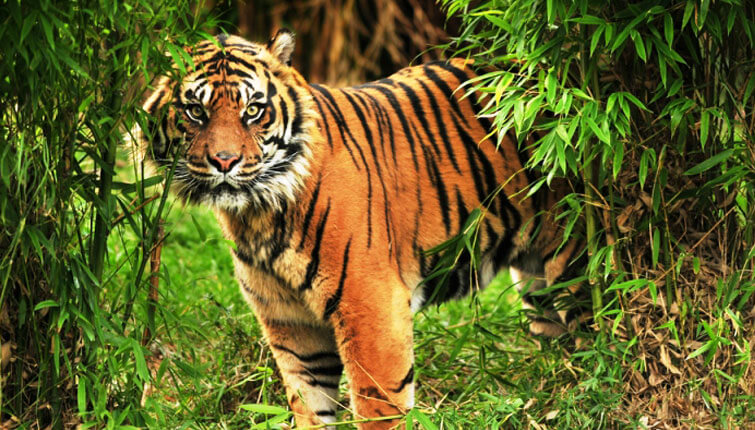
Protection and management requirements
The property is well protected under the law. The Indian Forest Act of 1927, as amended, the Forest Conservation Act of 1980, the Wildlife Protection Act of 1972, and the Environment Protection Act of 1986 are all in effect, with environmental pollution norms and regulations severely enforced. Existing legislation is fairly rigorous in terms of property protection and conservation.
The property is now in good conservation condition, with regular care carried out according to a predetermined timetable. The property has a Management Plan that has been authorized.
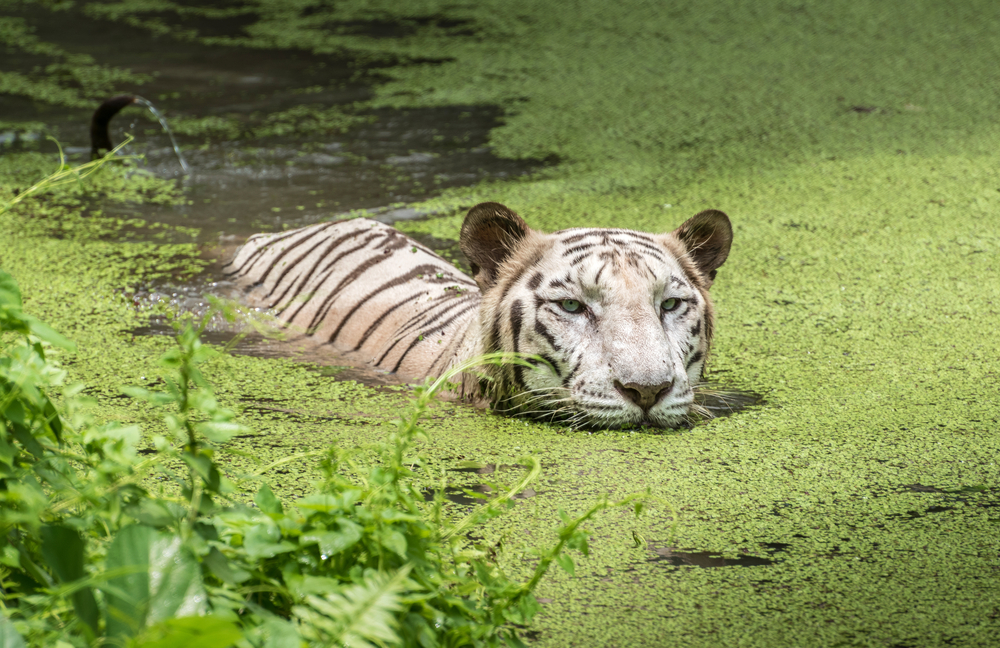
The Forest Department is doing its best with the current infrastructure, but there is a need to maintain and improve the level of financial and human resources to successfully manage the land. This incorporates an ecosystem strategy that combines the management of existing protected areas with other important activities on the site, such as fishing and tourism.
It is necessary to establish alternative livelihood opportunities for the local community in order to reduce people’s reliance on the Sundarbans ecosystem for survival. Maintaining participative techniques in property planning and management is necessary to maintain the local community and NGOs’ support and commitment to the property’s protection and maintenance. Resources are also required for research and monitoring operations.
Exploring the hidden gems of Sundarban
The Sundarbans, the pride of West Benga, India, span an area of roughly 10,000km2 in the Ganges delta. It is located to the southeast of Kolkata, and it shares a boundary with the Bay of Bengal.
Many unique and endangered wildlife, including aquatic mammals, tigers, birds, and reptiles, may be found in this amazing biosphere reserve. The Sundarbans are mostly found between India and Bangladesh, near the confluence of the Ganga and Brahmaputra basins.
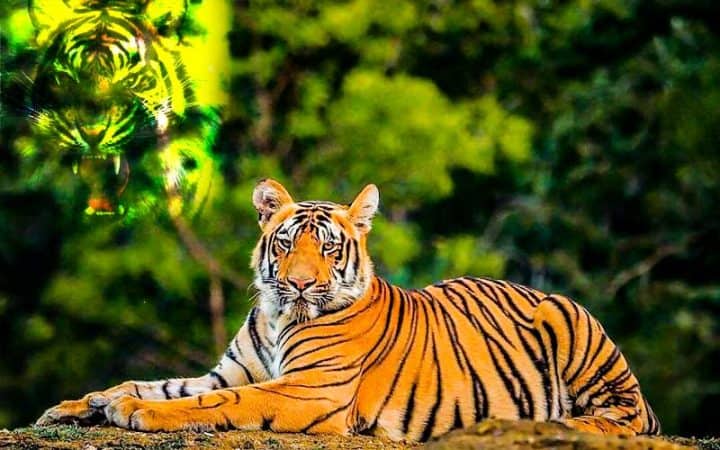
While the majority of the Sundarbans is located in India, a minor fraction is located in Bangladesh, making it an important natural marvel of both nations.
The tiger population, which is the world’s greatest, is supported by the mangrove forest. The tigers have adapted to an aquatic lifestyle to a significant extent.
Reasons for Inscription: Sundarbans was included in the list of World Heritage Sites based on criteria (ix) and (x). The most distinctive feature of the Sundarbans is that it is the world’s biggest mangrove forest, home to a significant population of Royal Bengal Tigers. The forest is home to 78 different types of mangroves. It also serves as a wetland nursery for marine creatures, which is critical for their survival.

We Royal Sundarban Tourism provide Tour packages of various lengths from two to four nights are available. Expect to pay around 10000 rupees for a private three-day package for two people. This includes transport from Kolkata, accommodations, all meals, boat cruises, naturalist and local guide, park entrance fees, village experience, and country boat ride. Special birding tours are also possible.
Book your most luxurious Sundarban tour package from Kolkata. Make your Sundarban holidays the most memorable ones with Royal Sundarban Tourism.
Royal Sundarban Tourism
Visit: https://tinyurl.com/y6smhoup
Contact: 7439965413 / 8584838109
What app link : https://tinyurl.com/yxtvhcs3
Email: info@royalsundarbantourism.com
Address: Sundarban. Gosaba Market Durga Mandir Road, Pin – 743370, West Bengal, India
